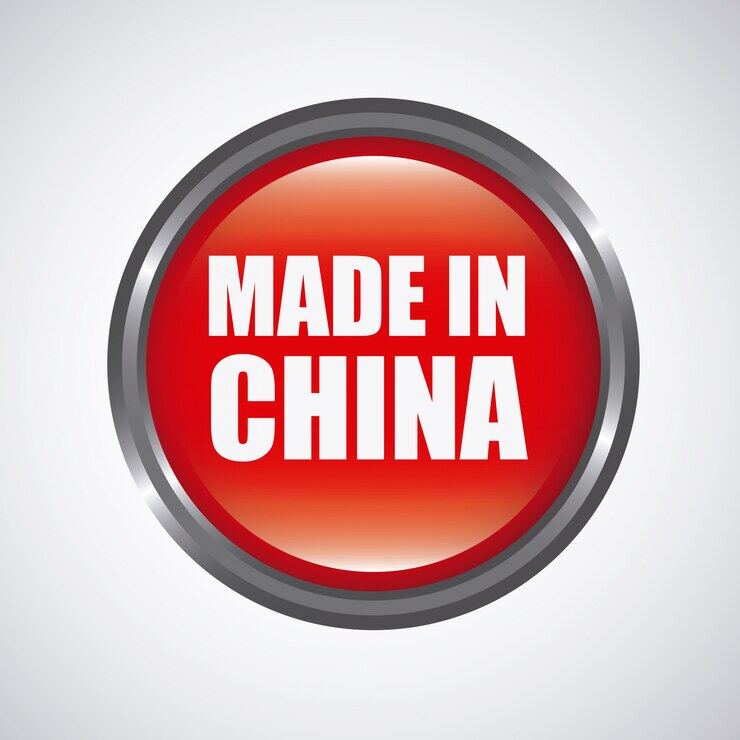

産業構造の最適化宣伝することによってデジタルおよびインテリジェントな変換
国際市場シェアの増加宣伝することによってグローバル市場での中国のシェアは、特に電気自動車やグリーンホームアプライアンスなどの新興分野で成長し続けています。中国のブランドは、これらの分野で手ごわい競合他社になりつつあり、国の戦略的イニシアチブの成功を反映しています。
中国の製造部門は、世界経済に大きく貢献しており、その付加価値が世界の合計の約30%を占めています。この支配は、国際貿易と経済の安定における中国の重要な役割を強調しています。
グリーン開発の進歩
、持続可能な産業の成長を促進するための省エネと炭素還元手段の実施。これらの取り組みは、グローバルな環境目標と一致し、国の国際的な評判を高めます。輸出構造の改善中国の輸出構造は、労働集約的な製品からシフトしています
。機械的およびハイテク製品の輸出の割合の増加は、中国の進化する産業能力を示しています。グローバルな競争力ランキング中国は、ドイツに次いで2番目のグローバルな製造業の競争力のトップ国に一貫してランク付けされています。このランキングは、国の全体的な競争力と、世界の製造環境における主要な地位を維持する能力を強調しています。
産業およびサプライチェーンのインフラストラクチャを強化することにより、中国は国際市場の変動に対処する能力を高めています。この回復力は、グローバルサプライチェーンの安定性とセキュリティを保証します。国際的な協力と交換を深める中国は積極的に参加しています
、見本市やテクノロジー交換などのプラットフォームを活用して、グローバルな製造の影響を強化します。デジタル変換の加速中国の製造部門は、ビッグデータと人工知能を利用して生産プロセスを合理化し、効率を向上させるために、デジタル変革を急速に受け入れています。このデジタルシフトは、現代の産業時代の競争力を維持するために重要です。
" 製品。中国から製品の調達について質問がある場合、または中国のサプライヤーとのパートナーシップの確立に興味がある場合は、お気軽にご連絡ください。私たちのチームは、中国の製造環境の複雑さをナビゲートするのを支援し、あなたのニーズを満たす信頼できる高品質の製品を確実に見つけることを保証します。お問い合わせ
中国製造
2024年のパリオリンピックでの「中国製」中国製の製品2024年のパリオリンピックを含む、国際的なスポーツイベントでますます重要な役割を果たしています。

2。オリンピック村の施設パリオリンピックビレッジは、中国で作られた環境に優しい豆袋の椅子を採用しました。これらの椅子は、グリーンと持続可能な開発の原則を反映して、リサイクル可能な材料で作られています。3。スポーツ用品
4。マスコット制作パリのオリンピックマスコットの80%は、中国企業によって製造されています。5。ハイドロフォイルボード
6。卓球テーブルと関連施設パリオリンピックの中国製の卓球テーブルは、最新の高ポリマー材料加工技術を特徴とし、優れた摩擦とバウンスのパフォーマンスを提供しました。また、可変照明システムも含まれており、競技にユニークな雰囲気を追加しました。7。スポーツマット
Made in China 2025計画の影響イノベーション機能の向上「Made in China 2025」計画は大幅に増加しました
。ハイテク産業に焦点を当て、R&Dへの多大な投資により、高度な機器、新しい材料、生物医学などのセクターの突破口につながり、グローバル市場における中国の競争力を強化しています。
宣伝することによって
メールフォーマットエラー
emailCannotEmpty
emailDoesExist
pwdLetterLimtTip
inconsistentPwd
pwdLetterLimtTip
inconsistentPwd